





To come back to usage, we would like to propose this classification, appropriate in the pedagogic field:
AIMS
|
OBJECTIFS
|
EXAMPLES
|
| Broadcasting
Browsing
|
To open the acces to a large extend To widen the reception zone
Information queries
|
DB STV Filmed courses
WWW Robots and exploration devices (Ways, Veronica, etc.)
Data bases
|
| Communication
|
Exchange Tutoring
Debates
|
E-mail News MOO/MUD Audio conference
Video conference
|
| Pedagogy
|
According to a taxonomy of pedagogic tasks: convergent vs divergent
information vs training
|
Electronic books Educational software
Groupware, etc.
|
| Professional
|
Professional and/or training tools
|
Desk top publishing Medical image processing
Flight simulators, etc.
|
[13]13 Chambat (1194:262) cites Le Goff (1974) and says that mankind uses the machines it invents sticking to attitudes and mentalities it had long before inventing them.




